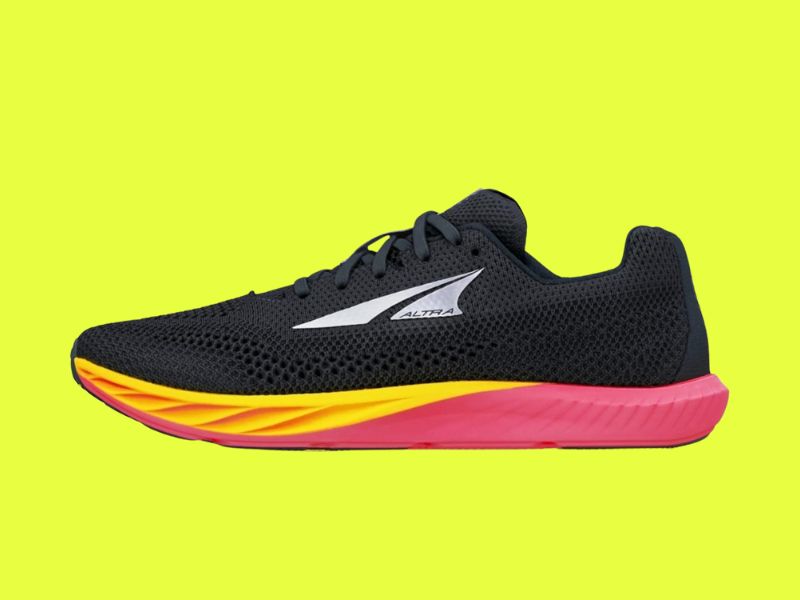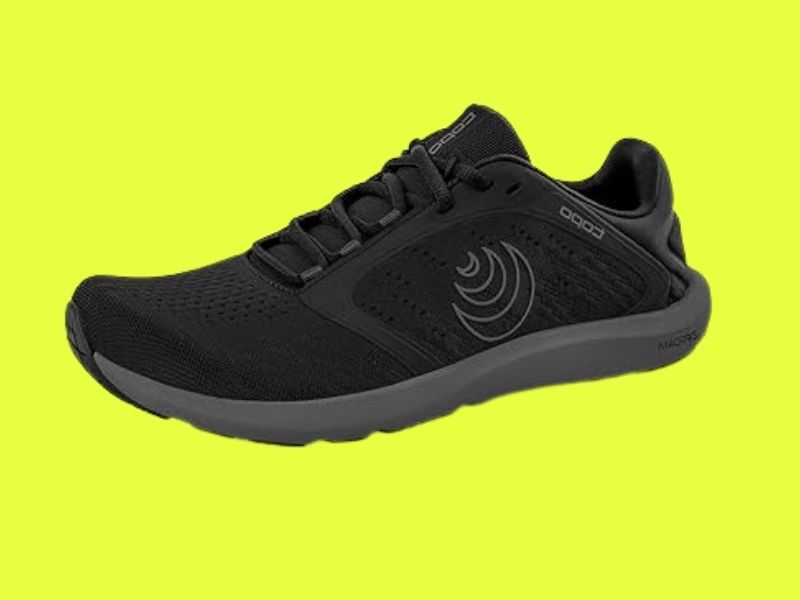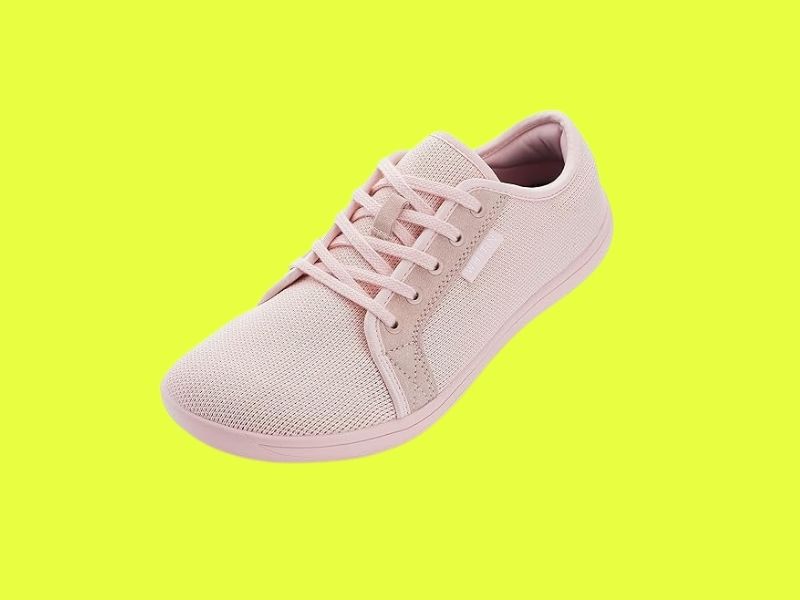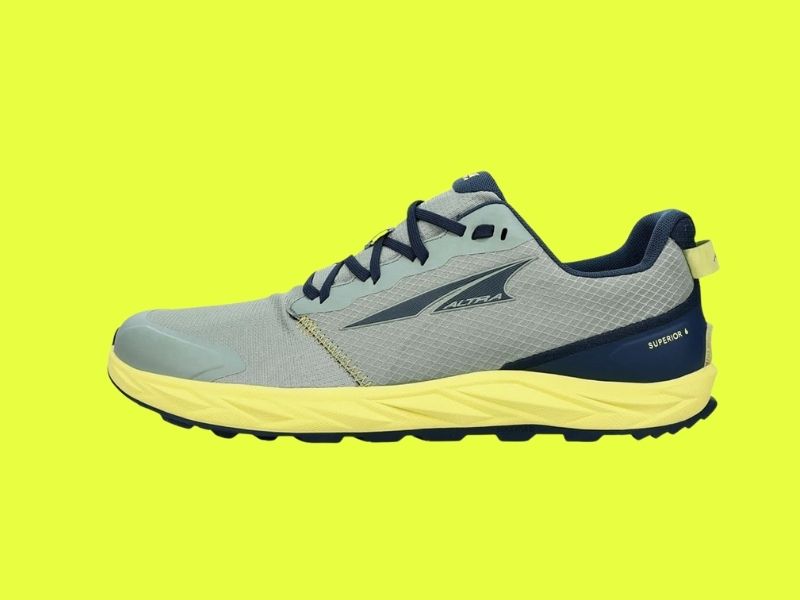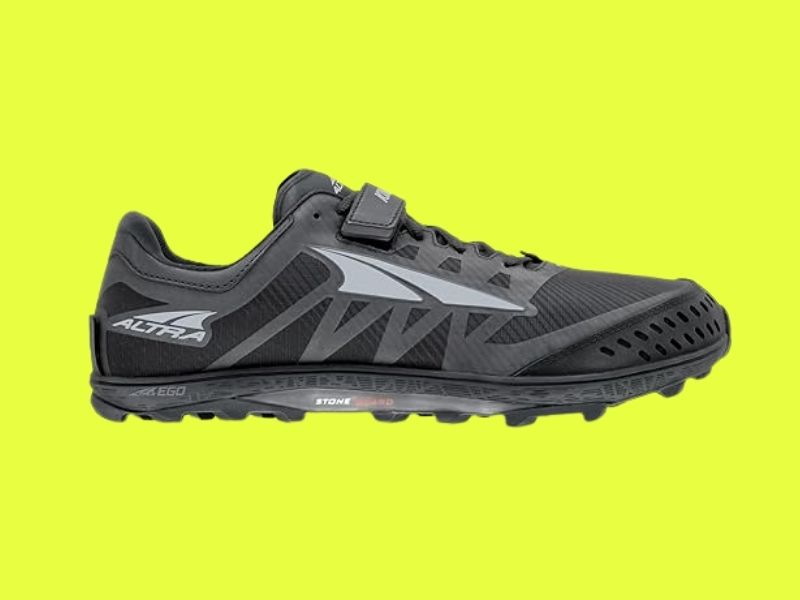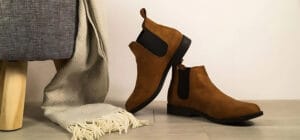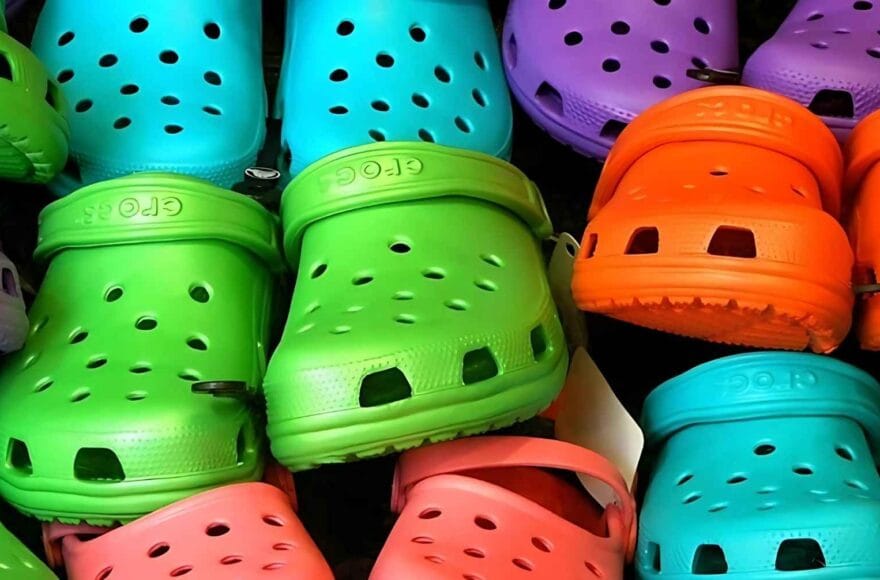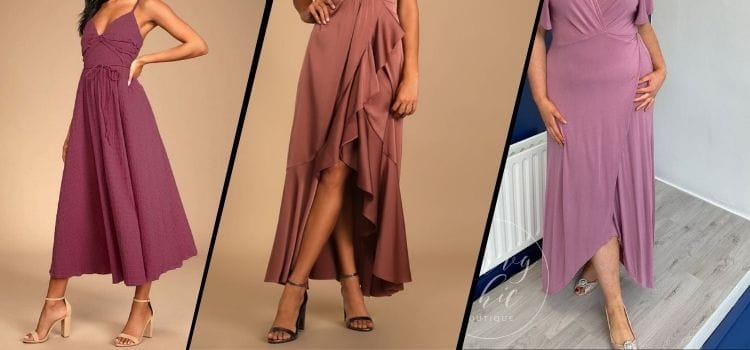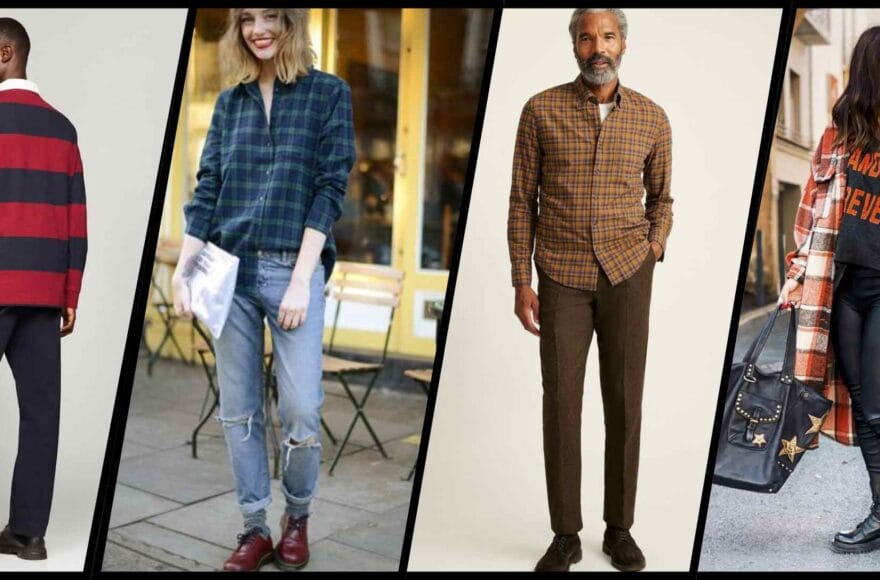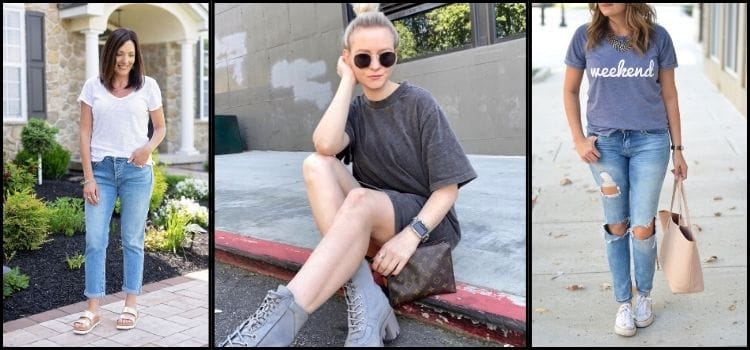Navigating the Question: Should You Wear Zero Drop Shoes?
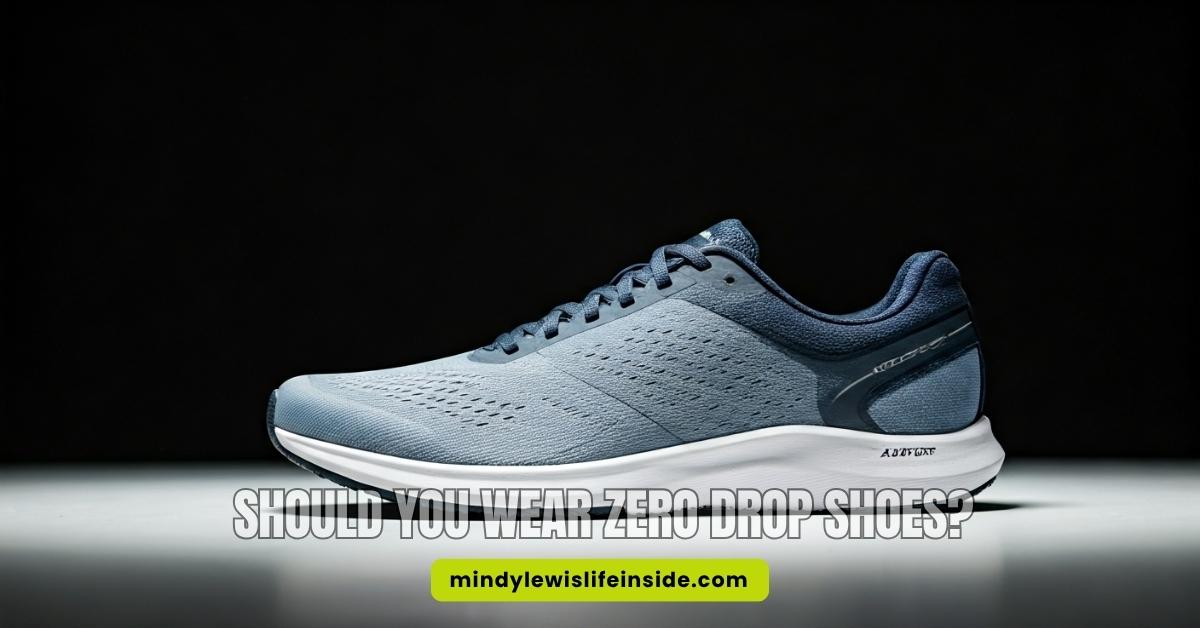
As an Amazon Associate, I earn from qualifying purchases
Are you interested in zero drop shoes? These new drop shoes have a unique look. They are made with a flat sole that keeps your foot in its natural shape. But are zero drop shoes or minimalist shoes right for you?
That depends on your foot type, how you run, and what you want from your footwear. In this blog, you will find out the good and bad sides of zero drop and minimalist shoes.
You can use this information to see if these shoes fit your life. By the end, you will know if zero drop or minimalist shoes are a good pick for you.
Understanding Zero Drop Shoes
Zero drop shoes focus on one main thing. They keep your heel and toes at the same level, just like when you walk barefoot. Shoes with a toe drop or a raised heel do not do this. Zero drop shoes help keep the foot’s natural shape and let you walk or run with your natural stride.
The idea behind zero drop shoes started to help runners. These shoes let the runner move in a way that feels more even and close to how the body should move. This takes away stress on your body that other footwear with a raised heel can sometimes cause.
So, if you wonder what makes drop shoes and zero drop shoes different, remember that having no toe drop or raised heel is what sets zero drop shoes apart. Let’s look closer at this main feature next.
What Does “Zero Drop” Mean?
“Zero drop” means wearing footwear where the heel and toes are at the same height from the ground. Traditional running shoes usually have a heel drop. This means the heel sits higher than the front of the shoe. The bottom of these shoes does not stay flat.
Think about high heels; they have a big raised heel. But with zero drop shoes, the design is flat. The shoe may have more or less cushioning, but your foot stays level in the shoe, just like if you were barefoot.
This equal placement helps your body move in a more natural way. The lack of a raised heel can help you land on your midfoot or forefoot when you run. This way, you are less likely to land on your heel. Landing this way can help stop bad alignment or pain in your joints. If you want drop shoes that let your feet move how they were made to move, zero drop shoes are a good choice to check out.
How Zero Drop Shoes Differ from Traditional Footwear
The key difference between zero drop shoes and traditional running footwear lies in their heel structure and purpose. Traditional running shoes are designed with a raised heel (heel drop) and often feature thicker stack height, added cushioning, and robust padding to absorb shock.
Zero drop shoes, however, focus on creating even sole alignment, promoting natural foot movement. They encourage you to use your foot muscles actively, where traditional shoes offer more support through built-in stability features.
| Feature | Zero Drop Shoes | Traditional Running Shoes |
|---|---|---|
| Heel-to-Toe Drop | 0 mm (level from heel to toe) | 8-12 mm on average |
| Cushioning | Varies; can be minimalist or plush | Typically thick and supportive |
| Footstrike Encouraged | Midfoot/Forefoot | Heel-strike-friendly |
| Objective | Natural alignment, mobility | Support, shock absorption |
This clear-cut distinction raises the question: Are zero drop shoes meant for you? Let’s dive into the benefits and concerns.
The Pros of Wearing Zero Drop Shoes
On the upside, zero drop shoes help keep the body in better alignment. This can make your posture and stride better. They also help build up foot muscles. Over time, this can help you move better and feel more steady when you walk or run.
Because zero drop shoes spread your weight more evenly, they help you run with a more natural running gait. This puts less pressure on your hips and knees. Still, these shoes are not for everyone. But if you want better posture and stronger foot muscles, let’s talk more about the benefits you get from zero drop shoes.
Improved Posture and Natural Alignment
One big benefit of zero drop shoes is the way they help the body with posture and alignment. There is no raised heel, so your body stands in a more even way. This puts your weight across your body the right way. It is a small change, but it brings the body closer to how you should stand and walk.
Better alignment can change the way you walk and move, including your gait and stride. When you wear zero drop shoes, your foot lands right under your body. This takes stress away from your hips and lower back. Good posture is helpful for people who get pain or feel uncomfortable during the day.
Runners often say using zero drop footwear makes their bodies move better. You may see your gait become smoother and your steps feel lighter. Zero drop shoes fit with the idea of moving as the body is meant to. This can be a good thing for people who want to try something new and care about how they move every day.
Enhanced Foot Strength and Mobility
Think of your feet like the base of your body. Zero drop shoes help make this base stronger. They do this by making foot muscles work that often do not get used with regular footwear. These zero drop designs do not have a thick cushion underneath, so the small muscles in your feet get a real workout. This will help build your arch and let you move better.
If you want to have a natural running gait, zero drop shoes can help with that. The shoes use all the foot muscles with each step. This may help you be more flexible and keep your balance.
The toebox in zero drop shoes is roomier than that of normal shoes. So, your toes can spread out naturally. This stops toe crowding and blisters. It can also help you get more control when you move. These shoes make your feet stronger and quicker, and this can change the way you move every day.
The Cons of Zero Drop Shoes
Even with the good things that come with drop shoes, you should know about the possible problems. If you change to zero drop shoes too fast, there is a higher risk of injury. It can hurt your Achilles tendons or your calves.
A lot of people feel calf soreness during the adjustment period as their muscles need time to get used to the way zero drop shoes make the feet move. These shoes may not be best for those who need more arch support or a lot of cushioning. Up next, we talk about two of the biggest drawbacks of zero drop shoes. That way, you can make a good choice for your feet.
Risk of Injury with Improper Transition
Switching to zero drop shoes without first getting ready can lead to problems. If you go too fast, the tendons and calves in your legs can feel much more strain than before. They may not be able to take it, so the chance of getting hurt goes up.
Think about what’s changing. When you wear most running shoes, your heels and calves have some cushion. Zero drop shoes take away that support. It is as if you want weak muscles to lift something very heavy with no warning. To keep this from happening, many people and experts say that you should have a transition period of four to six weeks.
You need to adapt slowly over time. You can do this by switching between your old shoes and your new zero drop footwear. Each time you run, add a little more distance with the zero drop shoes. Moving this way will help your body adjust. It also helps you avoid pain, strains, and other problems that can come with making a change too quickly.
Not Suitable for All Foot Types
While zero drop shoes can help some people, they might not work for everyone. If you have flat feet or high arches, regular shoes with arch support could be a better choice. Feet like these often need more cushioning to stop problems like plantar fasciitis. This issue often comes up when there is not enough arch support.
Your foot type matters when you pick shoes. Zero drop shoes can be a bad pick for people who need more support or stability. It’s a good idea to talk with a podiatrist or a physical therapist before you change your shoes. This helps to make sure that your shoes match how your feet are shaped.
When you do not know which shoes to get, think about this: there is no shoe that works for everyone. The right footwear should fit your individual needs. Do not just follow a trend.
The next part will help you choose if zero drop shoes fit your lifestyle. Stay with us for useful tips!
Who Should Consider Zero Drop Shoes?
Zero drop shoes be good for runners who want a more natural way to run. These shoes help make your posture better and keep your body straight. If you are changing from your old footwear to drop shoes, zero drop shoes can help.
They let you slowly build up strength in your feet and make you steadier when you run. They also help your gait feel better and your steps be even.
Runners Seeking a Natural Gait
Switching to a natural gait can change the way you feel about running. Zero drop shoes are a good option if you want to try this. These drop shoes are made to match the natural foot shape. Most zero drop shoes are minimalist shoes, which means there is no high heel at the back. This allows your foot to land at the midfoot and leads to a smoother stride.
The lower stack height in these shoes can help build stronger foot muscles and help with your posture. You may see your running get better over time. If you give yourself the right transition period, you may feel less calf soreness. You will also feel the ground more under your feet, which helps you feel more connected when you run. With all these benefits, zero drop footwear can be a good option if you want to boost your running experience.
Individuals with a History of Foot Pain
Thinking about using zero drop shoes may help people who have foot pain. These shoes are called minimalist shoes because they let your feet keep a natural foot shape. Zero drop shoes help you land on your midfoot or forefoot when you walk or run. This can take some stress off your Achilles tendon.
If you want to switch to zero drop shoes, use them a little at a time at first. This will help your foot muscles get stronger during the transition period. At the start, some people may get calf soreness. But after some time, your gait and alignment can get better. This can lead to more comfort in the long run.
Pay close attention to how your body feels during this change. Listening to your body is important so you do not get hurt.
Who Should Avoid Zero Drop Shoes?
People who have flat feet or high arches can find it hard to wear zero drop shoes. This kind of footwear can make their foot problems worse. Also, if you are getting better from a foot injury, you should not use zero drop shoes.
It is better to pick other drop shoes or different footwear, so you do not put your recovery at risk. This will help you heal well and avoid more problems.
People with Flat Feet or High Arches
People who have flat feet or high arches often need special footwear for comfort and good alignment. Zero drop shoes may not give the arch support you need if you have these foot types. This can make running less comfortable.
These minimalist drop shoes help your feet stay in a more natural foot shape. But you might get calf soreness because there is less cushioning and a low drop. If you want to know what’s best for your feet, have a talk with a physical therapist. They can look at your individual needs, suggest the best shoes, and help you have a better running experience.
Those Recovering from Foot Injuries
For people who are getting better from foot injuries, you have to be careful when you pick footwear. Many traditional running shoes have raised heels that can make things worse, but minimalist footwear can feel more natural to the body.
Still, when you first switch shoes, the lack of cushioning in minimalist options can make your calves sore or put more strain on the Achilles tendon. It is a good idea to talk to a physical therapist. They can help you pick footwear that matches your individual needs.
This way, you can keep good alignment and slowly get used to a stable and comfortable way of running.
Conclusion
Embracing zero drop shoes can bring some new and exciting things to your running routine. If you want a more natural gait or like to work on your foot muscles, these minimalist shoes can be a good option. The choice you make should fit your individual needs.
Think about your foot type and if you have had any injuries in the past. When you are well-informed, you will have good comfort and better performance.
So, when you go out on trails or run on the street, pick drop shoes or other footwear that fits your own stride and gait best.
Disclosure
Written and researched by the mindylewislifeinside team. We highlight products and services you might find interesting. If you buy them, we may get a small share of the revenue from the sale from our partners. We may receive products free of charge from manufacturers to test. This does not drive our decision as to whether or not a product is featured or recommended. We operate independently from our advertising team. We welcome your feedback. Email us at
Frequently Asked Questions
Are zero drop shoes the same as barefoot shoes?
Zero drop shoes and barefoot shoes help you keep a natural foot position, but there are some small differences. Zero drop shoes have a flat sole and only a small amount of cushioning. Barefoot shoes let you feel the ground more and have little or no support. You should pick the one that gives you the comfort you want. Use drop shoes, zero drop shoes, zero drop, ground feel, and cushioning to find the best fit for you.
Can zero drop shoes prevent running injuries?
Zero drop shoes can help people run in a more natural way. This can lower the chance of getting some injuries that come from a bad gait. But, zero drop shoes or any drop shoes may not work for everyone. It is important to use the right training and take time to let your body adapt to zero drop. This will help make these shoes more effective.
How long does it take to transition safely to zero drop shoes?
Switching to zero-drop shoes can take from 4 to 12 weeks. The time depends on your foot strength and the type of footwear you used before. It is a good idea to start by wearing zero-drop shoes for a short time. Then, slowly spend more time in them. This helps your feet get used to zero drop shoes and lowers the chance of any pain or injury.
Are zero drop shoes good for plantar fasciitis?
Zero drop shoes can help people with plantar fasciitis. These drop shoes put the foot in a natural position and help with healthy gait and movement. But, it is important to talk to a healthcare professional before you start using zero drop shoes. They can tell you if these zero drop shoes are right for your foot and if they will fit your recovery needs.
What do podiatrists say about zero drop shoes?
Podiatrists usually say that zero drop shoes can help people have a more natural foot position and gait. But, they also give a word of caution. If you have certain foot conditions, you should be careful and not switch to zero drop footwear all at once. The best way to get used to these drop shoes is to go slow. This helps to stop injury and lets your body have time to adapt to the new style of footwear.
As an Amazon Associate, I earn from qualifying purchases
